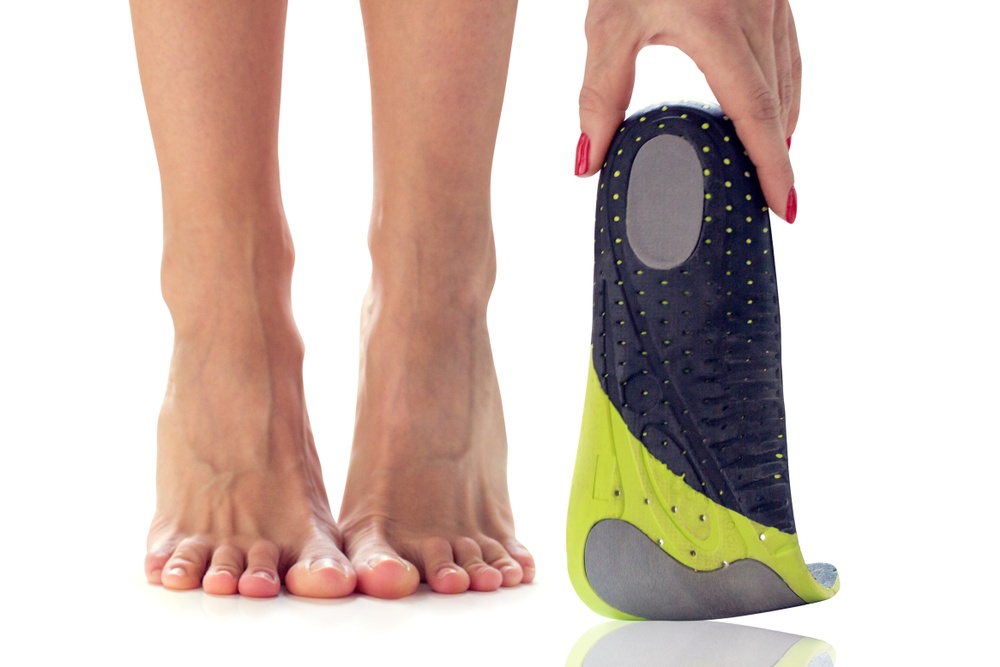If you’ve never had a foot injury before, you might not be familiar with the terms “pronation” and “supination,” which refer to the foot’s natural inward and outward movements when walking or running. These movements enable the feet and ankles to move properly and absorb the forces imposed upon them without injury.
Both pronation and supination are a critical (but often unacknowledged) component of your everyday life, enabling you to walk without pain or discomfort. Some people, however, may find that their feet pronate or supinate more than they should, leaving them with an awkward or painful gait. Here’s what you need to know about the differences between pronation and supination, and how to seek appropriate care.
PRONATION
From a medical perspective, pronation is the foot’s tendency to roll inward as it makes contact with the ground. For most people, the foot should roll inward by 15% or less, so that the entire foot briefly touches the ground before you push off from it. If the foot rolls inward at a greater degree, it can places excessive weight on the side of the foot, increasing your risk of injury.
Overpronation can have a number of causes, but it’s often related to the shape of your foot’s arch. People with flat feet, for example, are much more likely to suffer from overpronation than people with higher arches. Wearing the wrong type of shoes can exacerbate overpronation, though it’s rarely a cause of it.
Overpronation can make you more prone to chronic conditions like Achilles tendonitis, plantar fasciitis, or bunions, particularly if you’re an avid runner. Be sure to thoroughly stretch your feet before running or exercising, and invest in some motion-control shoes tailored to people who overpronate. Arch supports or orthotic inserts can also help.
SUPINATION
Supination, quite simply, is the opposite of pronation. Whereas pronation refers to an inward rolling of the foot, supination is an outward rolling that causes the foot to rise above the ground as you walk. Oversupination can place excessive strain on the ankle and outer toes, causing the ankle to roll or sprain.
Oversupination is usually associated with high runner’s arches and other hereditary traits. Weak, underdeveloped, misaligned muscles can also contribute to excessive supination, as can ill-fitting footwear.
Much like overpronation, oversupination can be treated with motion-control shoes, especially lightweight ones with a curved shape or “last.” Physical therapy can also be an effective treatment, particularly if your oversupination is caused by muscular defects. Jumping rope and stretching the calf, Achilles tendon, plantar fascia, and shin muscles can also be helpful.
Like other structural or mechanical defects, excessive pronation and supination don’t improve by themselves. If you’re struggling with a painful gait, the specialists at New York Bone and Joint are here to help. Our resident podiatrist Dr. Christine M. Ellie has years of experience with foot and ankle disorders, helping everyone from world-class athletes to rec league enthusiasts find lasting relief from their conditions. Contact us today to schedule a consultation.




